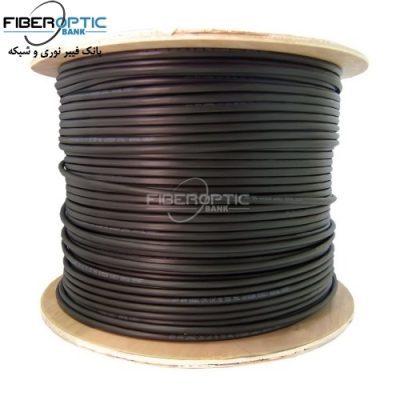most suitable fiber optic cable to your needs
The optical cable is generally the first equipment that telecom operators, network installers, integrators or local authorities have at their disposal to start a fibre optic deployment site. The cable’s construction, dimensions and overall performances are some of the criteria with a direct and immediate impact on the reliability and durability of the optical network to be set up. To best deal with the flooding offer of FTTH cable solutions, you will find here after some practical information to guide you in selecting the most suitable fibre optic cable for a given telecom network:
- Understanding G65x fibers – the key to choosing quality optical cable
- Which FTTH cable depending on the application and use?
- Considering the installation environment and the associated constraints
1. Understanding G65x fibers – the key to choosing quality optical cable
International standards define the different types of fibers available on the telecommunications market. Thus, the ITU (International Telencommunications Union) standard classifies the 7 main families of fibers : G651, G652, G653, G654, G655, G656 and G657. If the fiber G651 is one of the multimode type, fibers from G652 to G657 are singlemode. As a general rule, the G652 fiber and more precisely the G652D version, introduced in 1983, is used at a large scale for different applications. However, this fiber presents a high sensitive to bending which makes it little suitable for indoor applications or for FTTH networks’ rollouts.
According to the table below, we can observe that the G657 fiber (FT LM4) offers better performances in terms of bending and is thus particularly adapted for enabling ultrafast broadband connections within buildings or single dwellings. It is important to note that only G657A fiber is compatible with the G652 fiber. Thus, in case of fusion splice between these two types of fiber, optical loss will be minimal.
2. Which FTTH cable depending on the application and use?
- the FTTH drop cable is to install indoor or outdoor
- for outdoor installations, does the cable has to be pulled into duct or rollout on overhead layouts or on facades?
- for overhead configurations, are the cables exposed to strong winds or wind vibrations?
- no splice is foreseen between the Optical Distribution Point (ODP) and the Optical Telecommunications Outlet (OTO)
- cables are compatible with Field Mountable Connectors
Depending on all these criteria, you can select between drop cables for indoor, outdoor or FTTH cables meeting the needs of both indoor and outdoor installations thanks to their dual sheath construction.
It is also essential to observe the structure of the fiber optic cable (MC3) as this is also the first level of fiber protection. There are two distinct fiber optic cable structures : loose and tight (or semi-tight).
In the first case, fiber is encased in a tube presenting a slightly larger inner diameter than the fiber itself. The fiber is protected against mechanical stress by this tube which can sometimes be filed with gel. Multifiber optical cables usually present a construction including reinforcement elements such as aramid yarns so to reduce the the cable’s sensitivity to elongation or contraction.
For cables with tight structure, the fiber protection is ensured by the extrusion of a thermoplastic directly over the fiber coating.
3. Considering the installation environment and the associated constraints
- Tensile strength
- Crush resistance
- Static bending
- Kink
- Thermal cycling
- Fire behavior (for indoor cables)
All of these information will empower you to better understand if the particular cable is suitable or not to the installation environment. For instance, for the roll-out of aerial drop cable in a coastal area, there are several FTTH cabling solutions such as the LX030PU or the LX048DS model. These two optical drop cables already cited are especially designed for enabling overhead roll-outs with spans of up to 70m. The two models are also compatible with an installation on façade or into duct, as well as with Field Mountable Connectors. However, when paying close attention to the technical documentation of these two FTTH cabling solutions, we can observe that the LX048DS presents a diameter of 4.6mm against 3mm for the LX030PU. And we already know that cables with reduced diameters present a better wind resistance and because it is lighter, it exerts a smaller load on the poles. Moreover, its polyurethane sheath offers good mechanical performances. It results thus that the LX030PU is better suitable for an aerial deployment in a coastal area.
However, if the deployment is performed in a geographical region where temperatures can usually rise up to 70°C , than the LX048DS is to be favored as the LX030PU is engineered so to maintain all its functional characteristics in climatic conditions where temperatures do not overpass 60°C.
Likewise, if the fiber rollout is to be carried without any fusion splicing between the Optical Distribution Point (ODP) and the Optical Telecommunications Outlet (OTO, the LX048DS is the FTTH cable to be preferred as it offers a dual sheath construction. Thus, thanks to this drop cables that can be used both as an outdoor and an indoor cable, the optical budget will remain the same between the outside distribution point (ODP) and the optical subscriber outlet (OTO).
Source: telenco-networks
Related products...
fiber-optic-cable
fiber-optic-cable
fiber-optic-cable
LEONI fiber optic cable 6 core (6*1), multimode, MM 50، In/Out-LSZH
















[ratings]